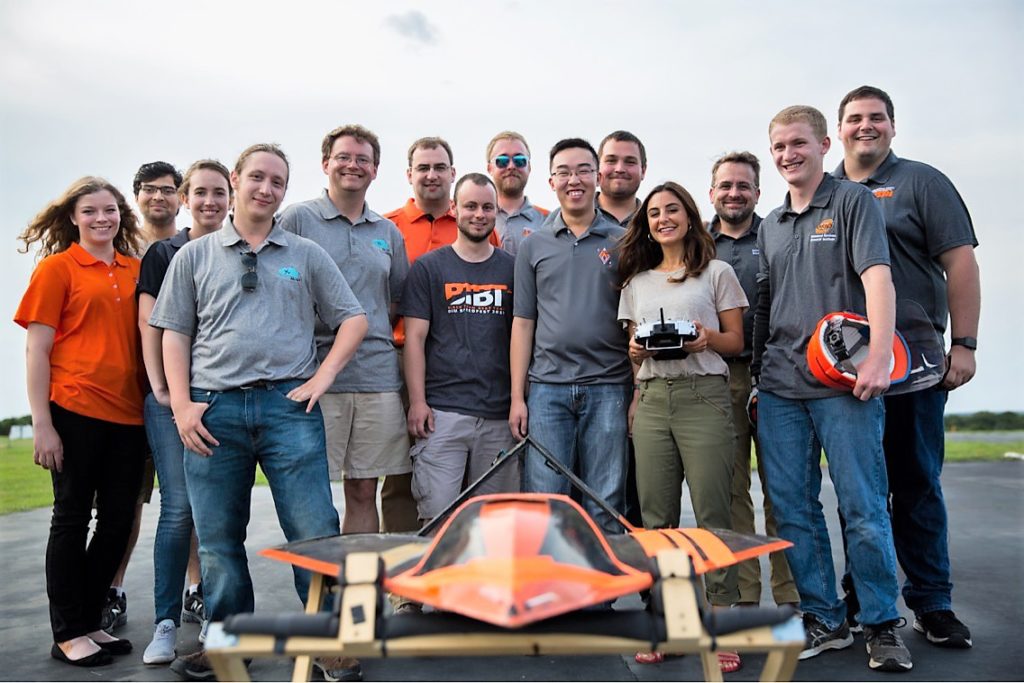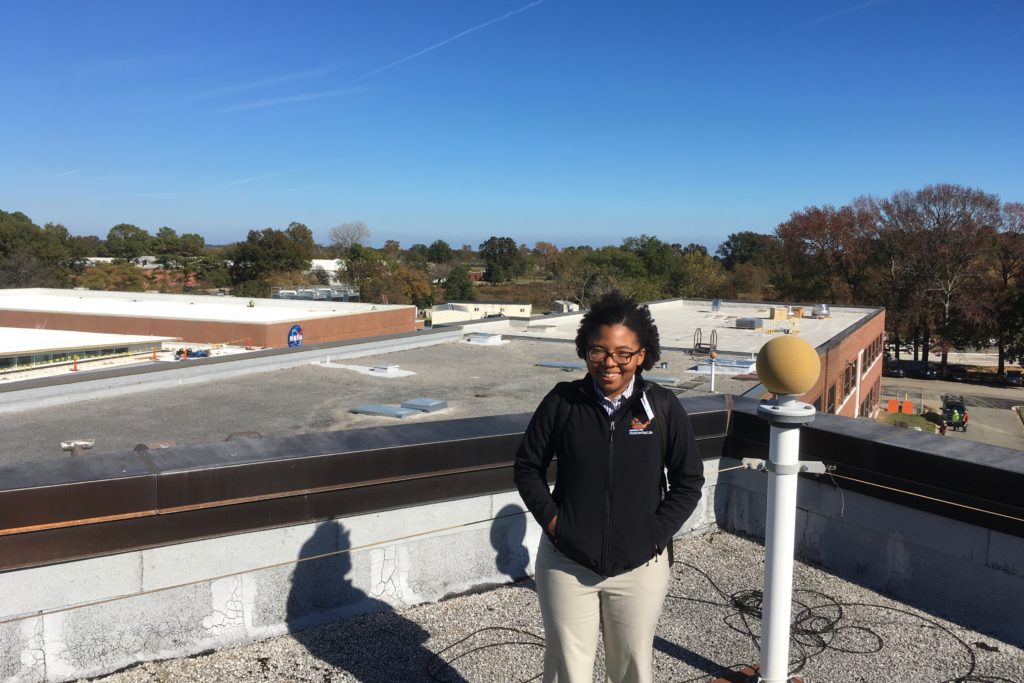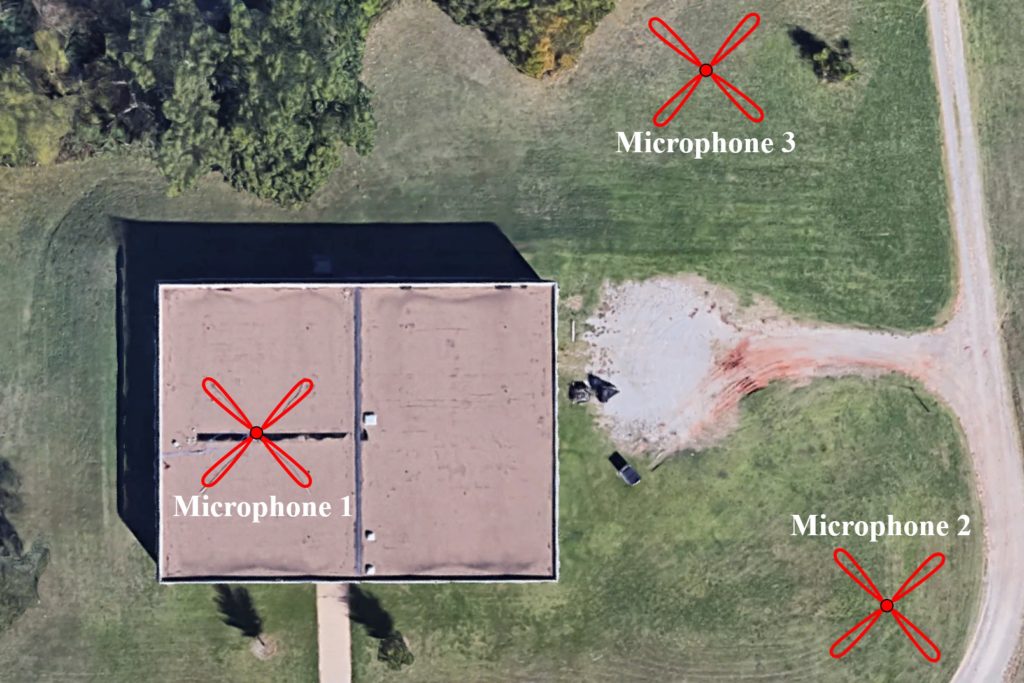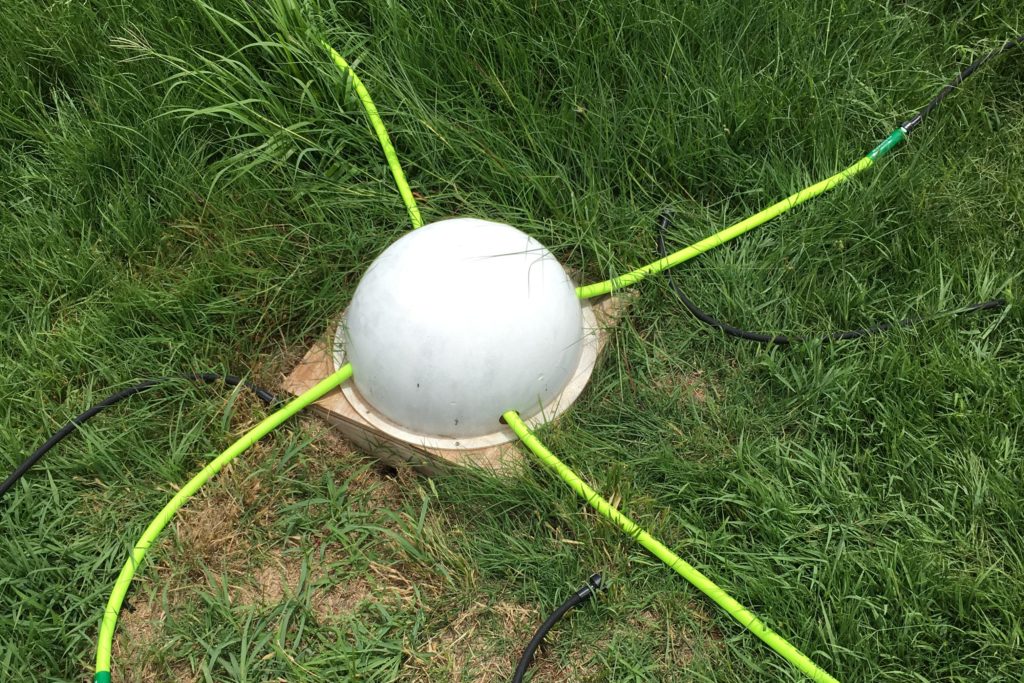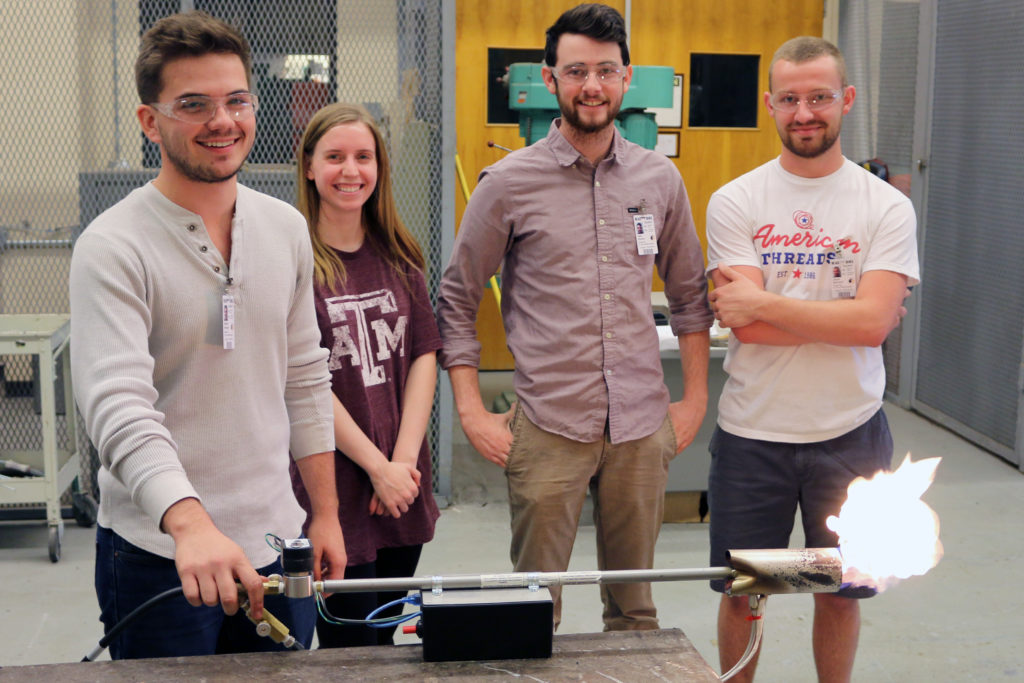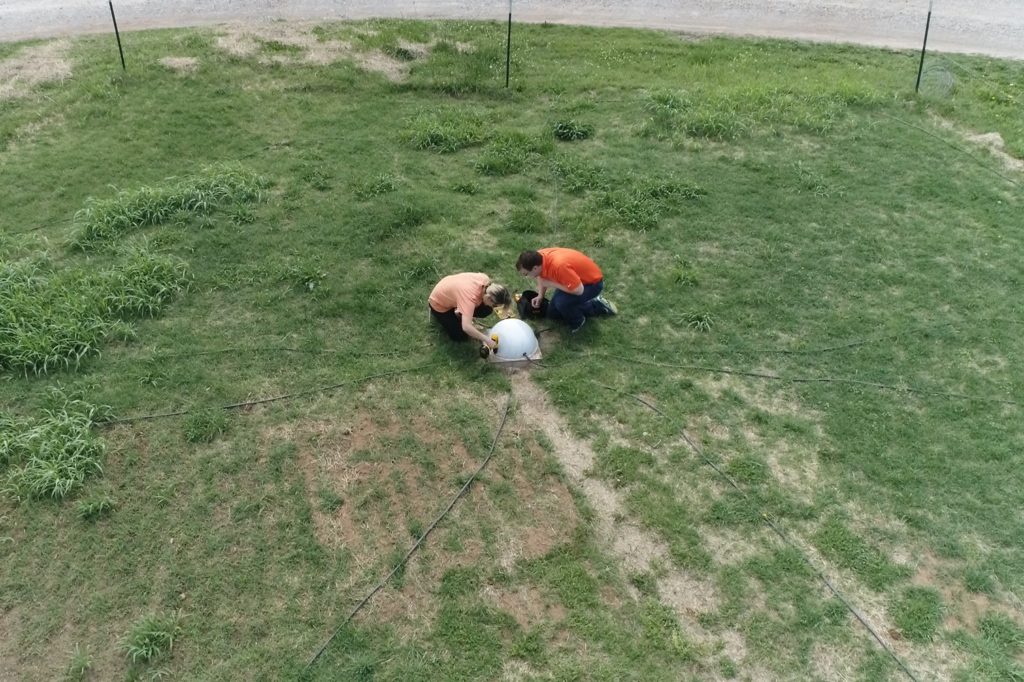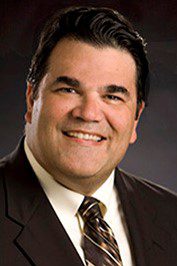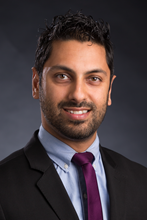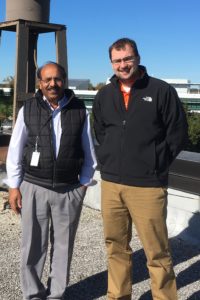Overview

Infrasound is sound at frequencies below human hearing (< 20 Hz). Unlike typical sounds, infrasound decays slowing in the the atmosphere, which allows it to be observed from long-range (>100 miles). Infrasound from tornado producing storms has been observed up to 2 hours before the formation of a tornado. Multiple observations have shown that the origin of this infrasound tracks with the tornado location, not just the larger mesocyclone. Infrasound from tornadoes would carry information about the tornado, its location, and the atmosphere that it passes through before being detected. We are currently working to identify the fluid mechanism responsible for the production of the infrasound, which would decode these signals and enable long-range, passive monitoring of tornadoes and their life cycle. This would have a significant impact on tornado warnings, especially in the Southeastern United States, where several factors increase tornado vulnerability.
Perkins Tornado (May 11, 2017)
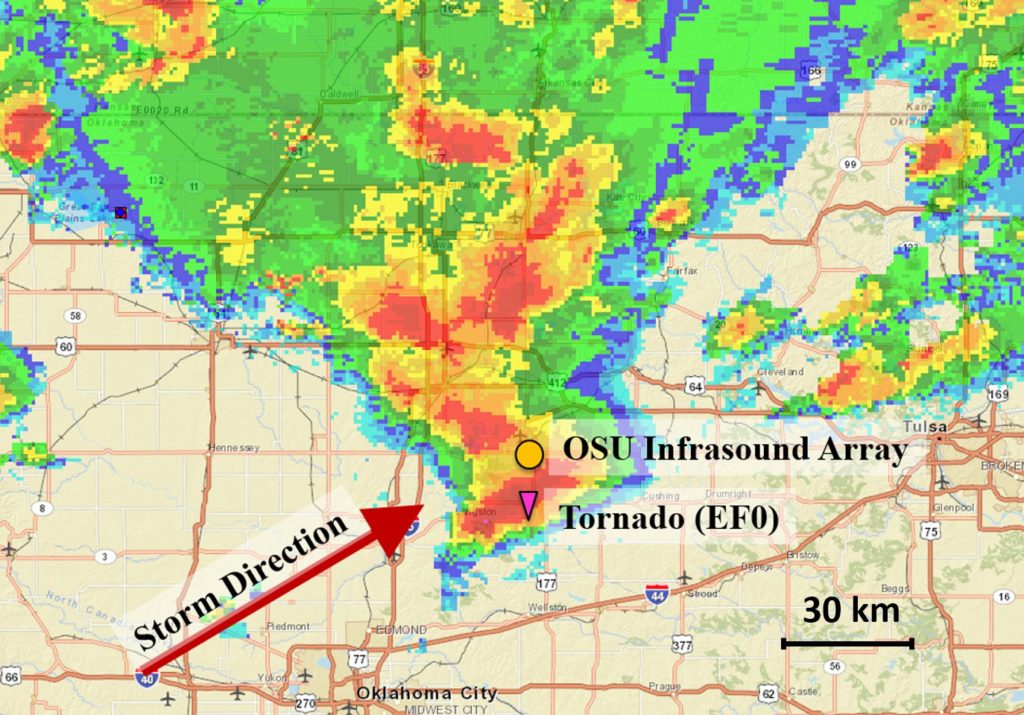
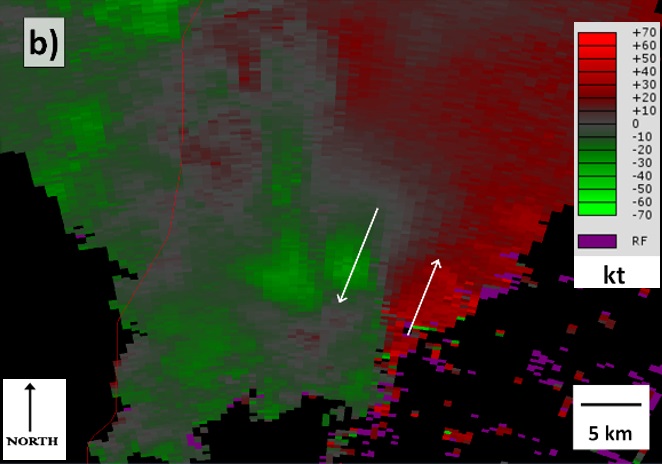
On May 11, 2017 a line of storms to the west of the OSU Infrasound Array included a large hail-producing supercell. At 2013 UTC the supercell produced an EFU tornado near Perkins, Oklahoma (35.97, -97.04). The confirmed tornado was located 18.7 km south-by-east of the OSU Infrasound Array. The official tornado path length and damage width were 0.16 km (0.1 miles) and 46 m (150 ft), respectively. There were live news reports of a possible second tornado, but it was never confirmed due to the storm being rain wrapped and no low-level radar coverage.
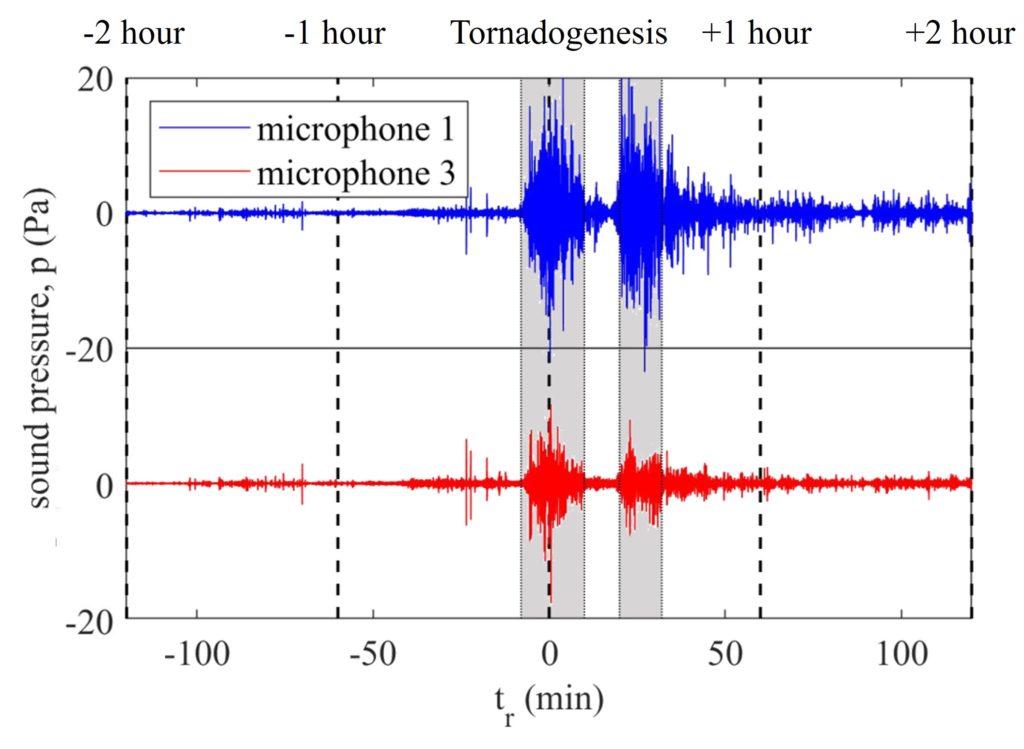
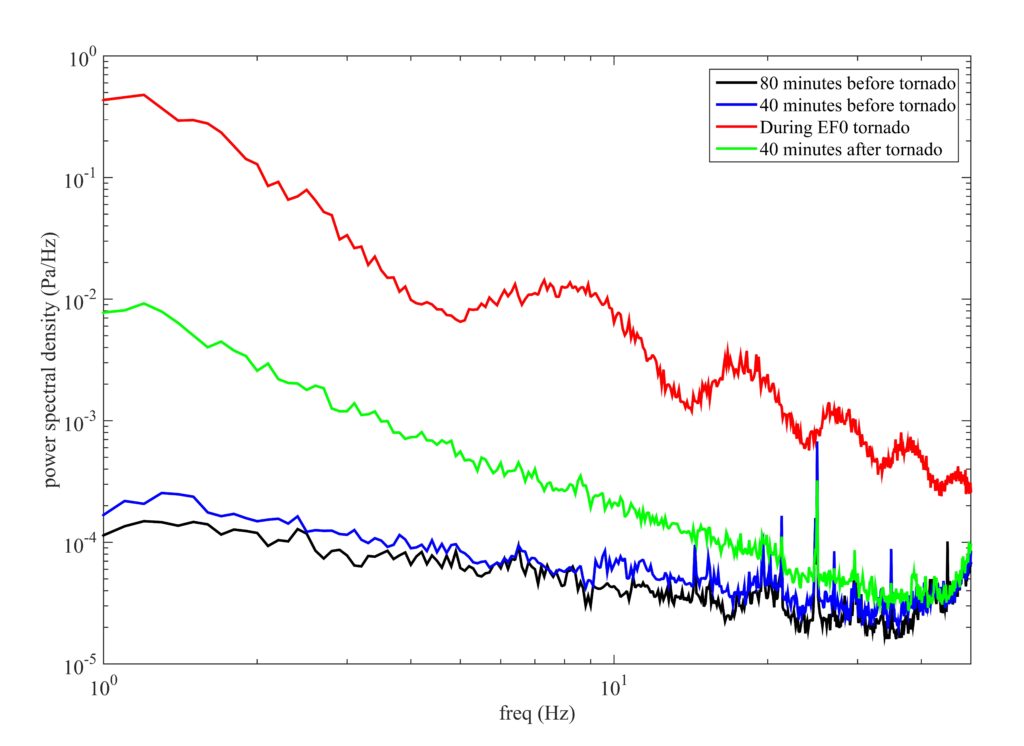
A strong infrasound signal was received by the OSU infrasound array about 8 minutes before the tornado touchdown with the signal peaking during the touchdown. The direction of the signal was consistent with tracking with the storm core, which produced the tornado. Spectral analysis of both infrasound events shows a peak at ~8 Hz. Full details of the event and signal processing are available through the CLOUD-MAP wiki page or Elbing et al. (2018).
Publications
Journal Articles
- BR Elbing, CE Petrin, and MS Van Den Broeke (2019) “Measurement and characterization of infrasound from a tornado producing storm,” Journal of the Acoustical Society of America, 146(3), 1528-1540.
- BC White, BR Elbing & I Faruque (2022) “Infrasound measurement system for real-time in-situ tornado measurements,” Atmospheric Measurement Techniques, 15(9), 2923-2938.
- TC Wilson, CE Petrin & BR Elbing (2023) “Infrasound and low-audible acoustic detections from a long-term microphone array deployment in Oklahoma,” Remote Sensing, 15(5), 1455-23.
- TC Wilson, FK Dannemann-Dugick, DC Bowman, CE Petrin and BR Elbing (2023) “Seismoacoustic sig-natures observed during a long-term deployment of infrasound sensor at the Nevada National Security site,” Bulletin of the Seismological Society of America, 113(4), 1493-1512.
- TD Swaim, E Hough, Z Yap, JD Jacob, S Krishnamoorthy, DC Bowman, L Martire, A Komjathy & BR Elbing (2024, in press) “Performance characterization of heliotrope solar hot-air balloons during multihour stratospheric flights,” Journal of Atmospheric and Oceanic Technology, accepted on 13 Feb 2024.
Conference Papers
- BR Elbing & RJ Gaeta (2016) “Integration of infrasonic sensing with UAS (invited),” 8th Atmospheric and Space Environments Conference, AIAA Aviation, AIAA2016-3581, Washington, DC (June 13-17).
- BR Elbing, CE Petrin, and MS Van Den Broeke (2018) “Infrasound measurements from a tornado in Oklahoma,” Proceedings of Meetings on Acoustics, 33(1), 045003.
- CE Petrin & BR Elbing (2019) “Infrasound emissions from tornadoes and severe storms compared to potential tornadic generation mechanisms,” Proceedings of Meetings on Acoustics, 36(1), 045005.
- B White, BR Elbing & I Faruque (2021) “Preliminary severe storm data from a mobile infrasound system,” 2021 AIAA SciTech Forum, AIAA2021-0818, virtual (Jan 11-21).
- E Hough, A Ngo, T Swaim, Z Yap, A Vance, B Elbing & J Jacob (2022) “Solar balloon development for high altitude observations,” 2022 Aviation Forum, AIAA2022-4113, Chicago, IL (Jun 27-Jul 1).
- BR Elbing, TC Wilson, CE Petrin, RJ KC, T Swaim and B Lindsey (2023) “Observations and potential mechanisms for tornado infrasound,” Proceedings of Meetings on Acoustics, 51(1), 022001.
- T Swaim, K Spillman, E Hough, Z Yap, J Jacob & BR Elbing (2023) “Development and evaluation of windscreen designs for high altitude balloons,” Proceedings of Meetings on Acoustics, 51(1), 040002.
Related Projects
- JD Jacob, et al. “RII Track-2 FEC: Unmanned aircraft systems for atmospheric physics (CLOUD-MAP),” NSF EPSCoR, No. 1539070, $6 million, 4 years.
- BR Elbing (PI) and MS Van Den Broeke “Identification of the fluid mechanism associated with tornadic storm infrasound,” NOAA OAR, $271K, 2 years.
- BR Elbing (PI), MS Van Den Broeke and Imraan Faruque “Infrasound observations and demonstrations of real-time tools,” NOAA OAR, $500k, 2 years.
- A Komjathy et al. “Feedback on balloon infrasound observations of terrestrial earthquakes with applications to Venus,” NASA PSTAR, $1.2M, 3 years.
- A Arena et al. “Infrasound noise mitigation for aerial platforms on Venus,” NASA EPSCoR R3, $100k, 1 year.
- BR Elbing (PI) “Identifying the fluid mechanism responsible for infrasound from tornadoes,” Gordon and Betty Moore Foundation, Experimental Physics Investigator Program, doi.org/10.37807/gbmf11559, $1.25 million, 5 years.
- BR Elbing (PI) and Jamey Jacob (2023) “Balloon-based acoustic seismology project,” NASA Jet Propulsion Laboratory, PSTAR, $21K, 1 year.
Resources
OSU Infrasound Arrays
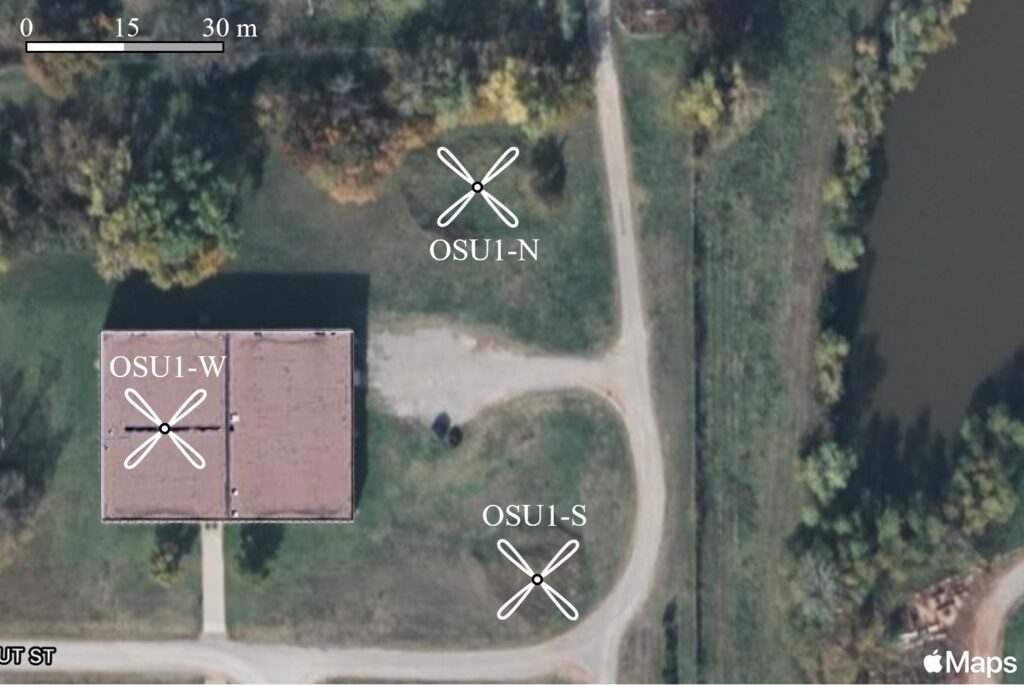
- Long-term 3 microphone array near campus
- Deployable 4-microphone array
- Multiple GEM sensors used for mobile and fixed deployments
GLINDA
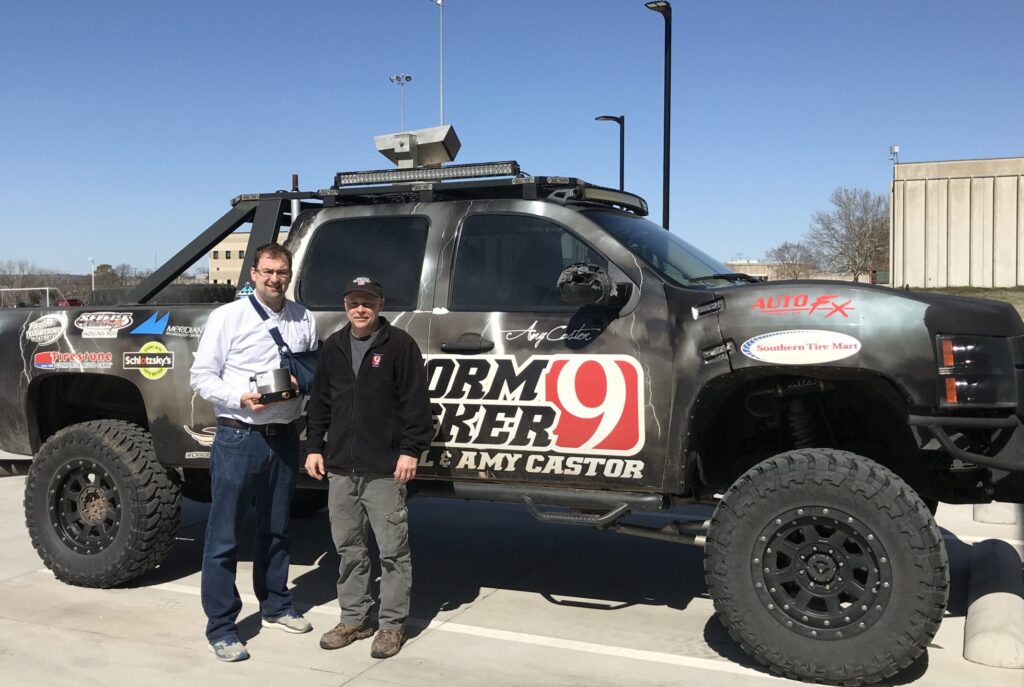
- Ground-based Local INfrasound Data Acquisition (GLINDA) Unit
- Deployed with Val and Amy Castor since 2020
- Recorded multiple tornadoes at close range
Sources
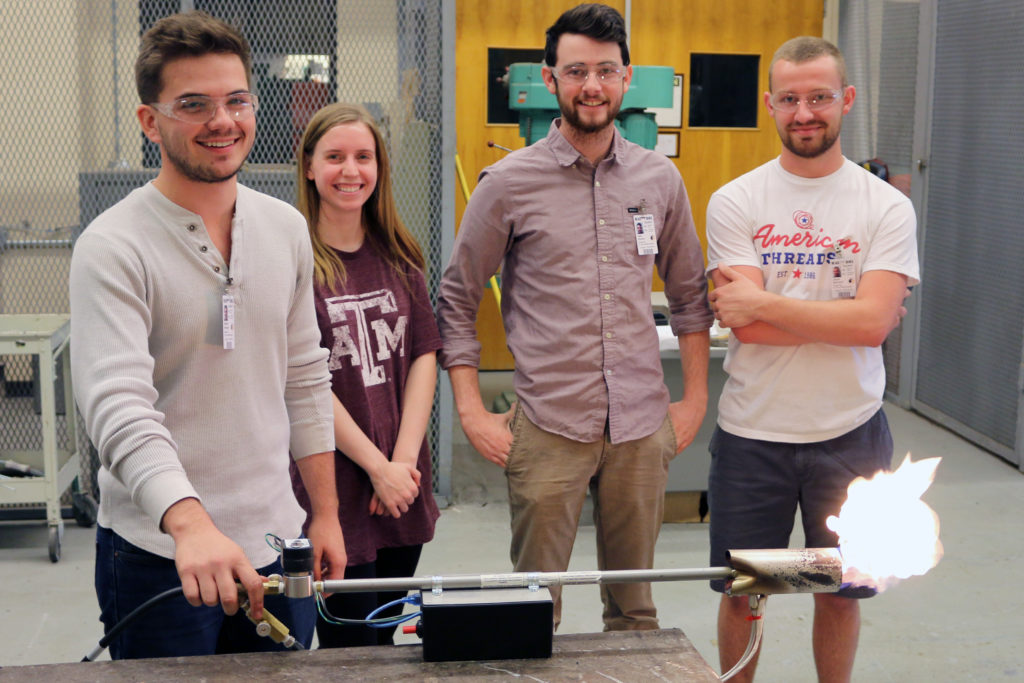
- Pulsed Torch
- Custom designed propane torch
- Solenoid valve controlled
- Rotary Subwoofer
- Modified Kicker Subwoofer
- Frequency response 4-20 Hz
Select Media Coverage
Television and Radio
- NPR All Things Considered, Rachel Hubbard & Audie Cornish (host) “New research on sound could make tornado warnings more accurate,” recorded by KOSU, June 12, 2018.
- National Geographic Channel, Explorer (mini-documentary series), Season 11, episode 11 “Ancient Fighting Arts,” originally aired Feb 4, 2019.
- National Academy of Engineering (NAE) Engineering Innovation, Randy Atkins “Tornado detector,” WTOP Radio, May 11, 2018.
- (Local News) KFOR (NBC-affiliate), Oklahoma City, OK “How tornado technology has changed since the May 3, 1999 tornado,” Emily Sutton, May 1, 2019.
Articles
- Physics Today “Passive infrasound monitoring is an active area of study,” Toni Feder, 71(8), 22-25. (doi.org/10.1063/PT.3.3993).
- Wired “A tornado’s secret sounds could reveal where it’ll strike,” Matthew Simon, May 8, 2018.
- IEEE Spectrum “Spying on a storm’s infrasonic signals to improve tornado warnings,” Prachi Patel, May 8, 2018.
- USA Today “Listening to tornadoes could revolutionize how meteorologists forecast these monster storms,” Doyle Rice, May 14, 2018.
- Washington Post “Scientists are using nuclear weapons surveillance tech to ‘hear’ tornadoes,” Maddie Stone, Feb 23, 2020.
Online Science Communicators
- [podcast] WeatherBrains, “Episode 664,” Bill Murray & James Spann, Oct. 8, 2018.
- Tom Crawford and Nicole Sharp “Tornadoes, fire and ice,” Cambridge University Press – Academic (part of a collaboration between the Journal of Fluid Mechanics and FYFD featuring a series of interviews from the APS-DFD 2017 conference), July 16, 2018.
University Publications
- InSPIRE Magazine (Western Michigan University, College of Engineering and Applied Sciences Magazine) “Sound waves: Predicting tornados,” Zinta Aistars, Fall 2018, pg. 8.
- STATE Magazine (Official magazine of Oklahoma State University) “Hearing tornadoes even before they form,” Oklahoma State University, Jeff Joiner, Fall 2018, Research Briefs, pg 59.
- IMPACT Magazine (OSU College of Engineering, Architecture & Technology yearly magazine) “A sound impact,” Jenny Berry, Fall 2018, pg 52-53.
Key Collaborators
Matthew Van Den Broeke
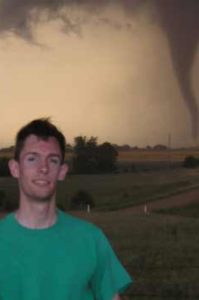
Associate Professor
Earth & Atmospheric Sciences, University of Nebraska – Lincoln
CLOUD-MAP Team
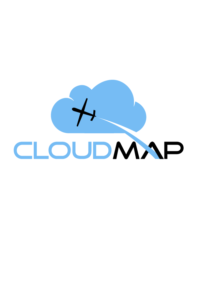
NSF EPSCoR R-II Track-2 Team
- Oklahoma State University
- University of Kentucky
- University of Oklahoma
- University of Nebraska-Lincoln
Images
